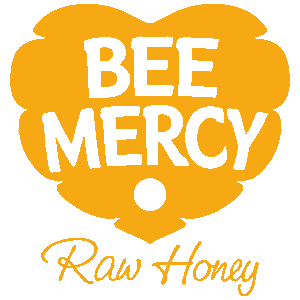There is a beautiful display of communication between a burning sun 92 million miles from Earth and the honey bee. The Earthly device used for this communication is the flower. The energy emitted from this nuclear sphere is caught by the waiting, outstretched petals of the flower. This colourful display sends out an electrical invitation for the bee to gently extract the most delicate of substances. The flower needs the bee just as much as it needs the rain and the sun. Its existence gently balanced between them. The quality of these rays and the nourishment of the soil are essential to the vitality of the flower. The more enriched the flower, the more enriched the bee, and the more enriched the honey.
The extraordinary substances extracted from the flower are pollen and nectar. These are the signatures of the environment given up by the flower. They contain the rays of the sun, the water of the clouds and the life source of the flower. Visiting up to 2,000 flowers a day, the honey bee gives more to the flower than it takes. It contributes so much in return for the smallest of things. When it does take it treads gently, careful not to place its full wait on the most delicate part of the flower.
Once these treasures are carried by small wings beating 200 times a second and are symbiotically processed by the community of the hive, they are transformed into the remarkable sweet substance we know as honey, but these signatures are not lost. It does not become generic but instead becomes almost unique. The chances of them processing the exact same honey again are very slim, years or even decades apart.
This is to say that each honey contains the signature of that particular season. It contains the quality of the flower, the quality of the air, the quality of the soil and the energy of a star.
